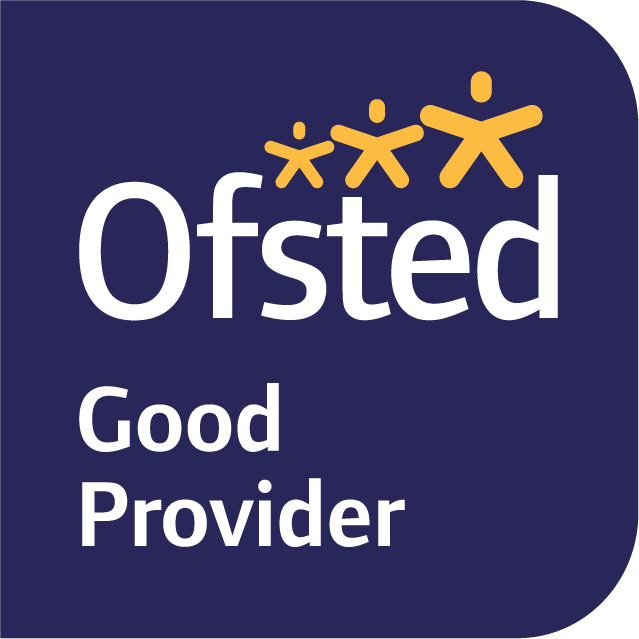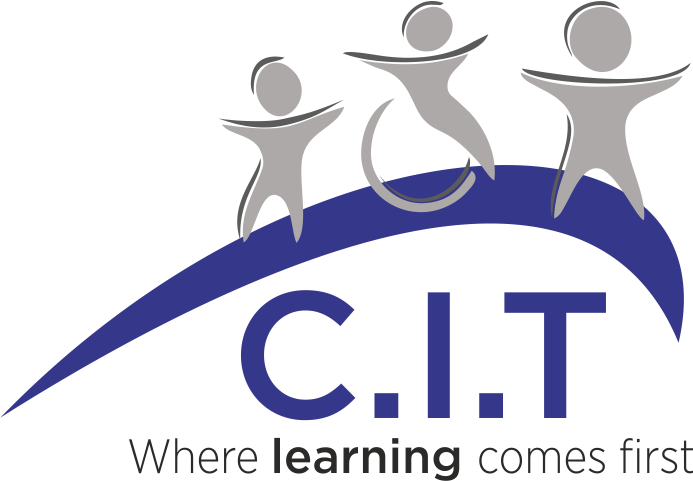Pupil Premium Strategy Statement
This statement details our school’s use of Pupil Premium (2023 to 2024 academic year) funding to help improve the attainment of our disadvantaged pupils.
It outlines our Pupil Premium Strategy, how we intend to spend the funding in this academic year and the effect that last year’s spending of pupil premium had within our school.
Due for review on 31st December 2024.
Please click the button below to view:


